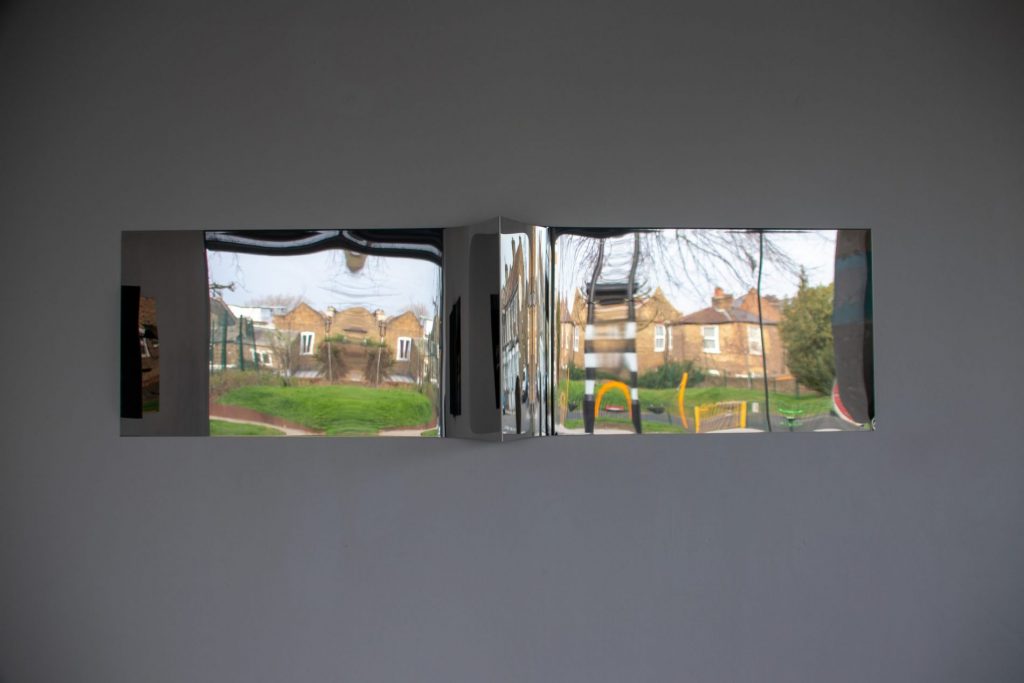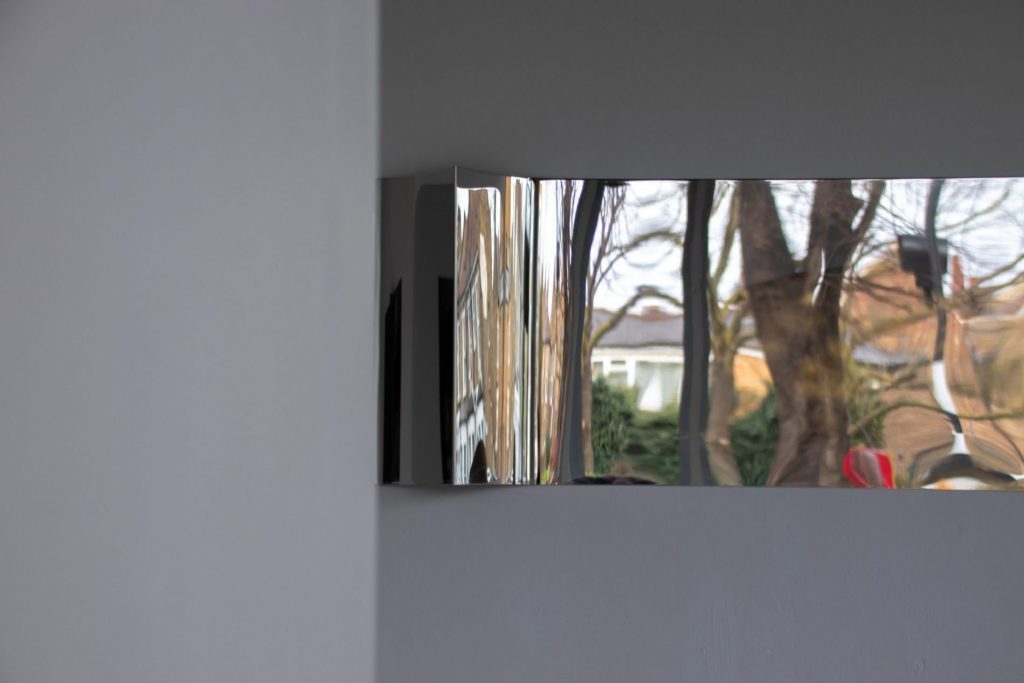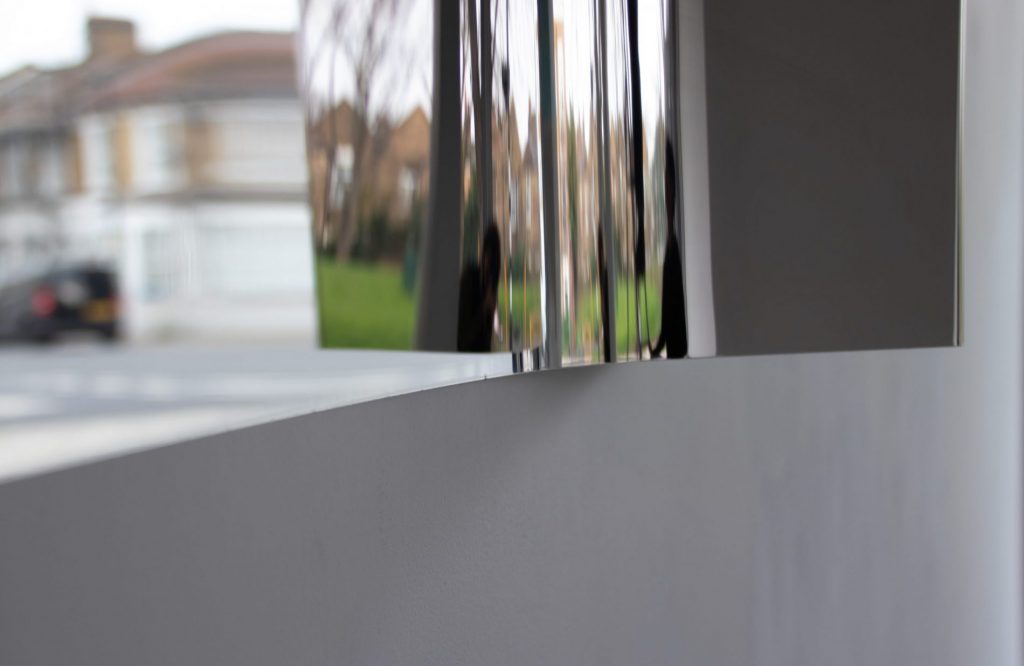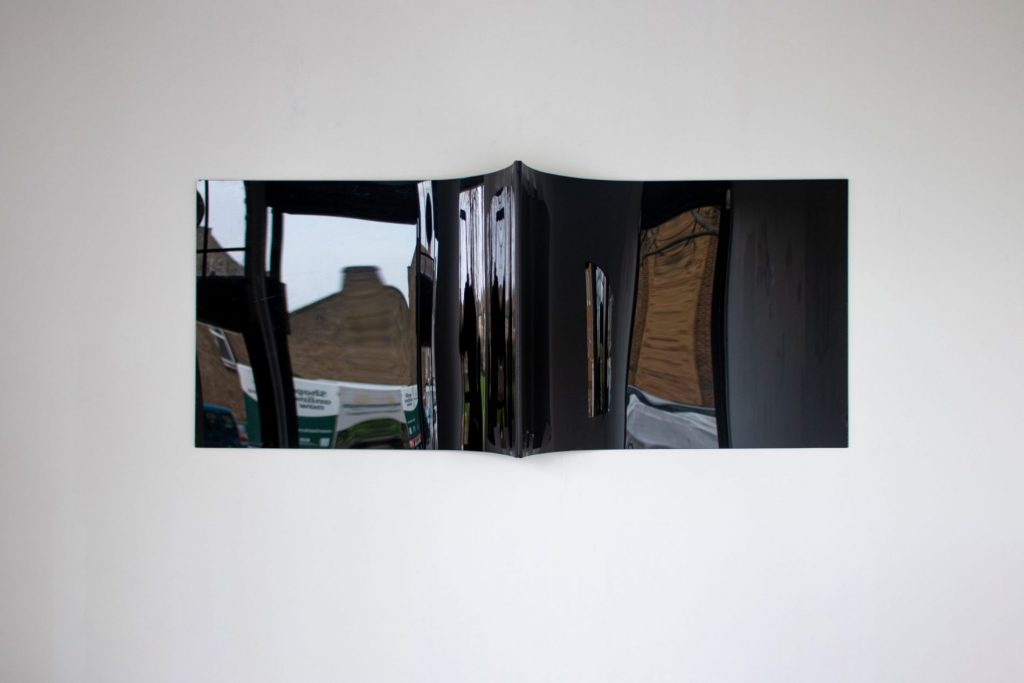
Stackholder | RCA Master Theses
Type | Experience and Research Design
Deliverables | Research, Metal Work, Creative Coding,

Project 1 | Between the Borderline
What exactly does it mean to be existent (visible) and to be non-existent (not visible)? Is it possible to perceive oneself even though there are signs that one is no longer perceptible? Is one‘s existence bound to this perception?
In the context of a polar worldview, the question arises whether nothingness is the opposite of existence and perception? This consideration served as a starting point for my initial investigations regarding my Master’s topic. If everything that can be experienced lies within the spectrum of perception, then nothing must be in its absence. Building on this thesis, another question follows: Is it possible to free oneself from sensory perceptions in order to experience nothingness? It was already clear to me from previous studies that the absence of a sense, such as the sense of sight, is not equate to nothingness in its absoluteness. Usually, a different, new perception takes the place of this “emptiness.”
If we ask ourselves these questions and consider the two opposite poles of existence and non-existence, it seems reasonable to assume that there is this moment of transition in the middle of these opposite poles. That small moment in which the boundary between perception and non-perception and between existence and non-existence becomes discernible and perceptible.
Picture study
The point at which everything vanishes and no longer exists. All of the images capture this brief transition between the two extremes. The moment of transition, the merging into a new perspective or existence. But how can this border be made more palpable and easily to be experienced? In this context, the idea of the mirror was born. Because we only truly disappear when we witness it – To be able to reflect on one’s own experience.
The result is a booklet with a series of photos accompanied by quotations and small text extracts.
Download here




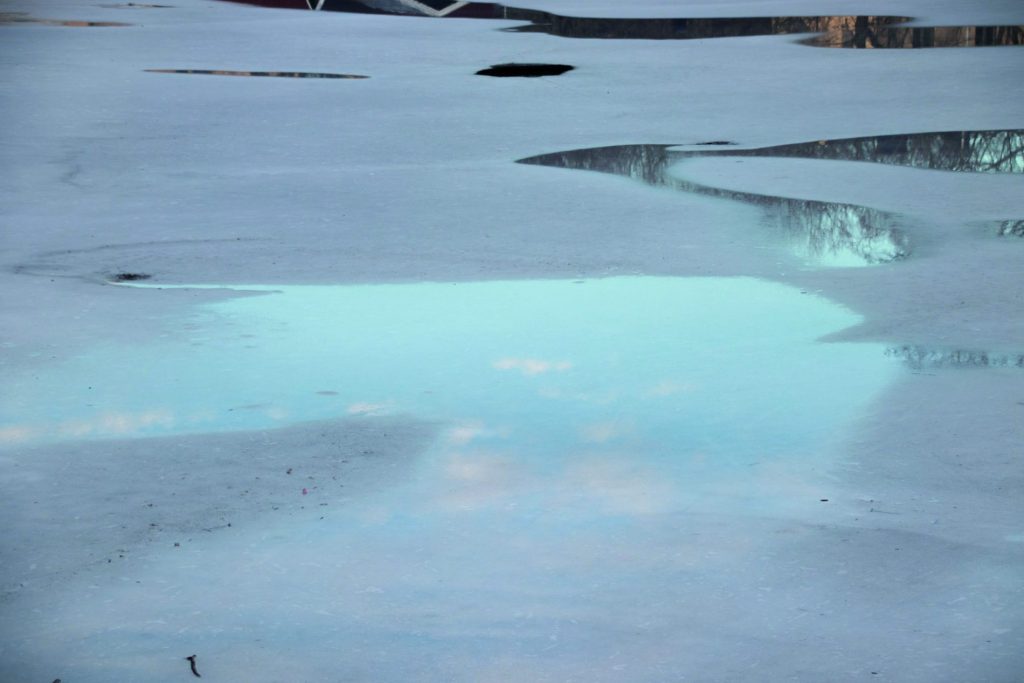


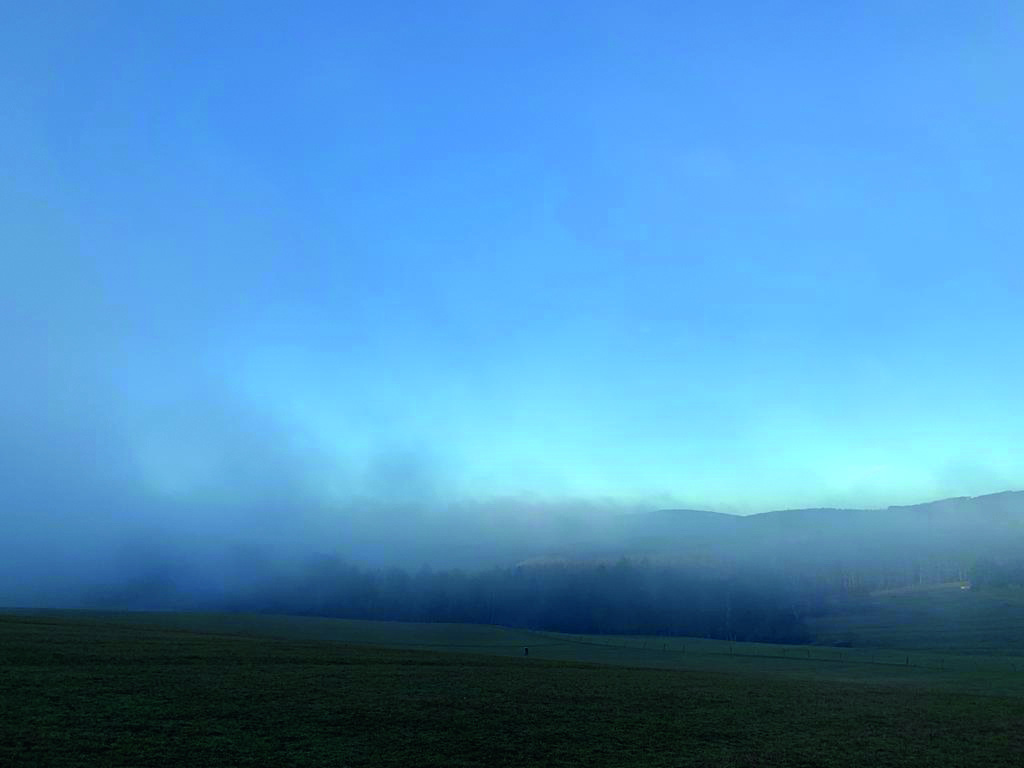
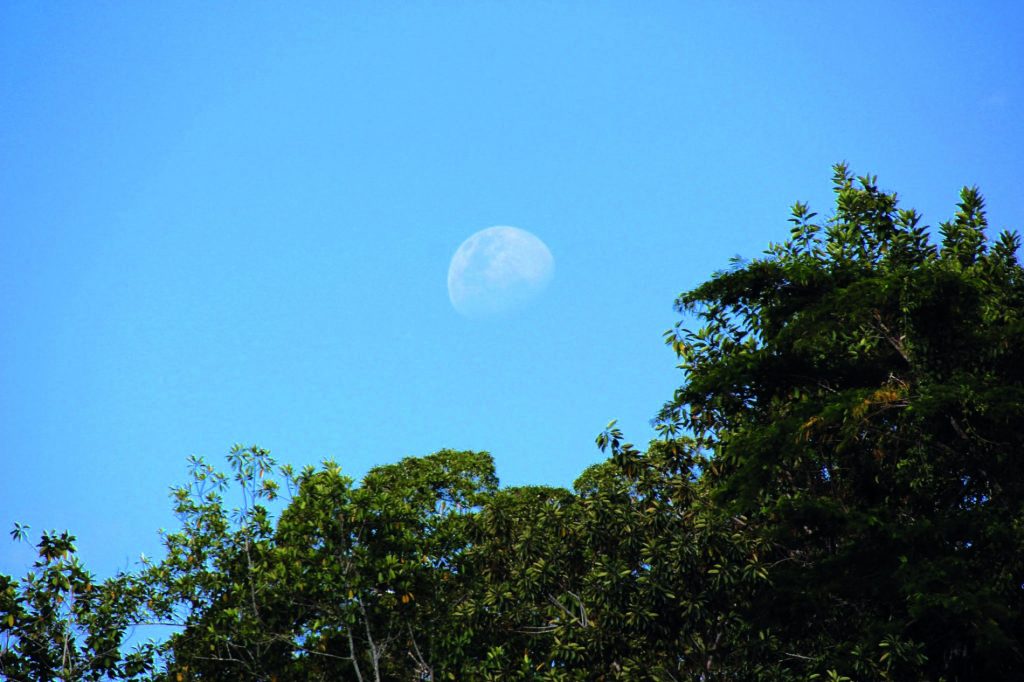
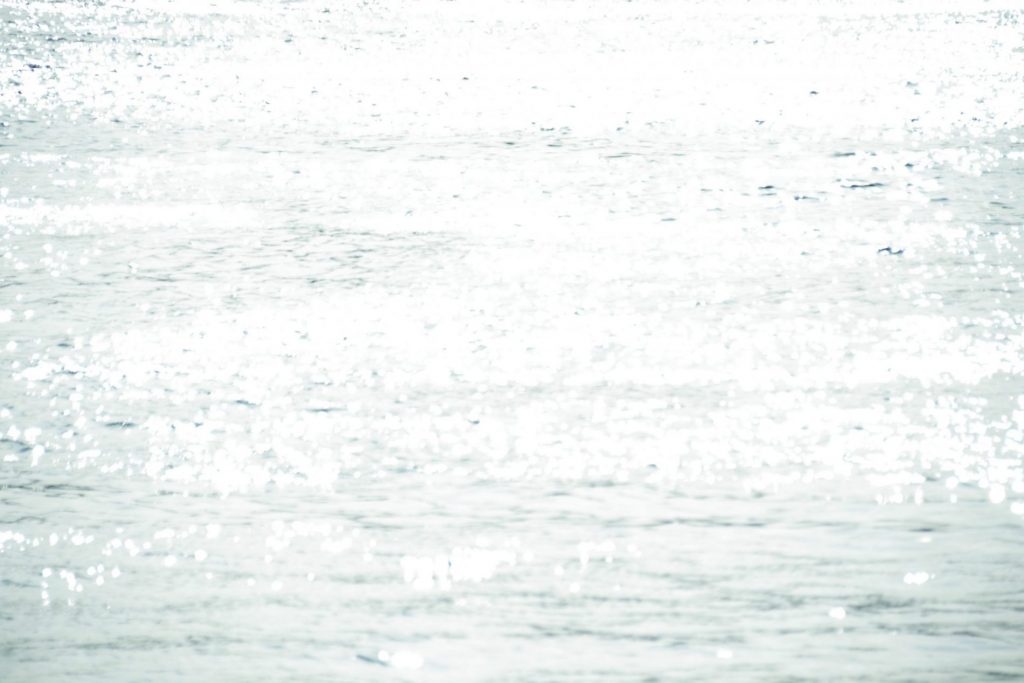
Outcome and Exhibition
When someone looks in a mirror, they see an image of themselves. If this picture vanishes from the mirror, its self perception changes. The mirror, which usually reflects everything, no longer casts the viewer.
This phenomena is investigated by means of the mirror design, which reveals this perceptual boundary until it dissolves. The mirror‘s elongated shape encourages the spectator to glance at himself as he passes. The spectator briefly „dissolves“ when their reflection disappears into the centre of the mirror. This lack of self-perception in the mirror exemplifies the moment of nothing- ness. It invites the viewer to play with the boundary between his own existence and nothingness.
In that brief moment when the reflection is distorted and pulled into nothingness, there is a fleeting moment of stillness, of reorientation – of nothingness.
Our brain needs time to adjust, check the other senses, and ensure that one still exists despite the absence of the mirror image.
